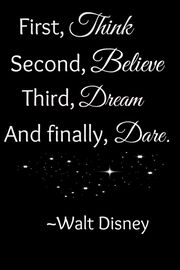|
Tucked away in a quaint corner of Fantasyland, this fairytale eatery straight out of the enchanted countryside in Beauty and the Beast offers casual French cuisine. Serving breakfast, lunch or dinner. You can enjoy magnifique quick-service meals that transport you to Belle’s provincial village. Tame your inner beast with a juicy burger served with a side of potato bites or mandarin oranges or indulge in an artisanal pepperoni flatbread. Then, toast your good fortune with specialty beverages to match the season. Veggie lovers looking for a healthy alternative can dig into the Salade du Jardin, Petales de Pepperoni Flatbread or the Candelabra's Flaming Burger. And little ones can quell rumbling tummies with a kid-friendly burger or chicken tenders. Typically open 8:30 AM to 12:00 AM (or at park closing). VIEW THE MENU Try THE GREY STUFF - it's delicious!
Grey Stuff Gâteau $6.29 Cookies and Cream Mousse and Red Velvet Cake with a Raspberry Center. When we dined, they had the green stuff for St. Patricks. Green whipped frosting, mint chocolate cake. Adjacent to the Bibbidi Bobbidi Boutique is the Enchanted Chamber located inside Fantasyland. A collection of gowns, tiaras and sashes fit for a princess as well as prince costumes can be purchased.
Storybook Land Canal boats has welcomed guests since Disneyland opened its gates on July 17th 1955. To take this journey you needed a "D" ticket and you could pick it up at the ticket booth shaped like a lighthouse. The lighthouse served this special purpose until 1982, when a new passport system was adopted and allowed access to all attractions for an increased entry fee. Most of the ticket booths were removed except a handful like the lighthouse. It was closed up, refreshed and left at the entrance of the attraction to continue welcoming visitors. It remains there is a piece of history often forgotten but in plain sight for everyone to enjoy. A lot has changed in Disneyland, here is a look at Storybook Land Canal boats and the area around it from the early park years. Now the Mad Hatter Tea Party takes it the space where the sitting area was and behind it now, the Fantasyland theater and Mickey's Toontown. The park continues to grow and change and photos like this show the simple beginnings of this amazing park. Casey Junior Circus Train has been in Disneyland since opening day July 17th 1955. Casey even had its own ticket booth, designed with the idealized look of an old train station. Guests could purchase their individual ticket here for a fun train ride. Once the ticket booth was introduced in October 1955, Casey required a "B" ticket to ride. By 1982 ticket booths were phased out and the booth no longer served its original purpose. It wasn't removed though and was instead refurbished and left next to the queue of the attraction a reminder of the Disneyland of yours past hiding in plain sight.
When the park first opened on July 17th in 1955, a single $1.00 admission ticket was sold at the park’s main entry gate, while tickets for each individual attraction could be purchased at the ticket booths located throughout the park. There were general booths located throughout the lands, like Fantasyland, but it was the individual attraction booths that stood out. Opening day attractions like the Storybookland Canal Boats and later additions like Alice in Wonderland, had highly themed booths that fit the look and design of the attractions they promoted. On October 11, 1955 ticket books were created and offered admission to the park and coupons to experience eight attractions—for a total price of $2.50 for adults, $2.00 for juniors, and $1.50 for children. Through the years the ticket booths were updated and added as expansions like Matterhorn, ‘It’s a Small World’ and the always changing Tomorrowland kept coming. In June 1981, ticket books began to be phased out and by June 1982, they were a thing of the past. This left ticket booths without a purpose. Around this same time, Fantasyland was undergoing a renovation and it was decide to keep to booths, but to seal them up and make them part of the overall theme and appearance of the ride. Ticket booths used to be everywhere in Disneyland and this booth from Tomorrowland is a perfect retro-futuristic example of what tomorrow look like in the 1960s. As design and aesthetics changed, booths like this went away. The bright white and blue was a positive futuristic look. Today, you can still see booths, the the Alice in Wonderland booth pictured here, the Canal Boats’ lighthouse booth and others throughout the park. Little bits of history that might go overlooked, but still hold that old Disneyland history and charm.
The next time you're on the Small World attraction at Disneyland, as you begin to exit, take a close look at the red postcard stamps. You'll see Charlie Brown smiling from the center of the boat.
Love is in the details! |
Categories
All
Archives
July 2024
|
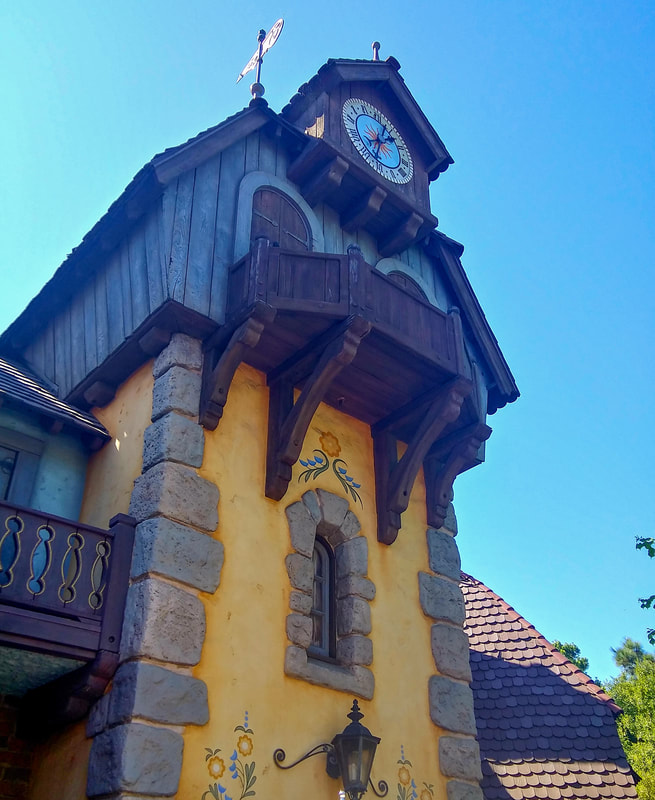
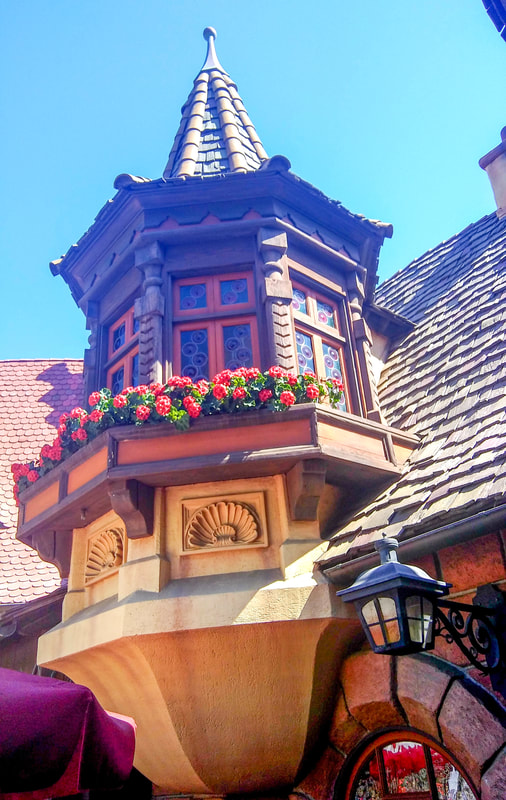
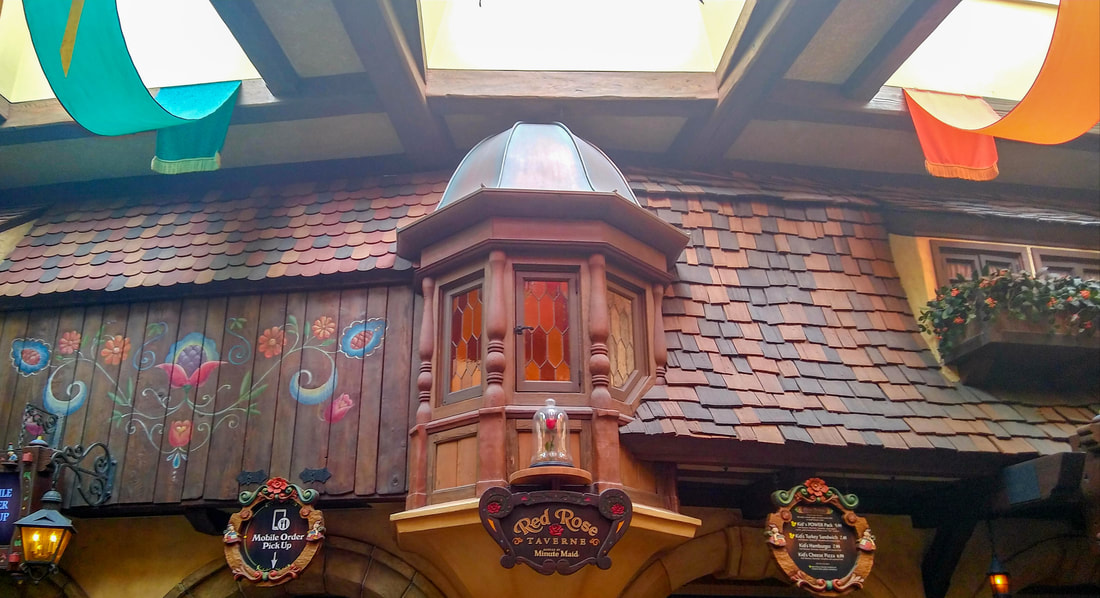
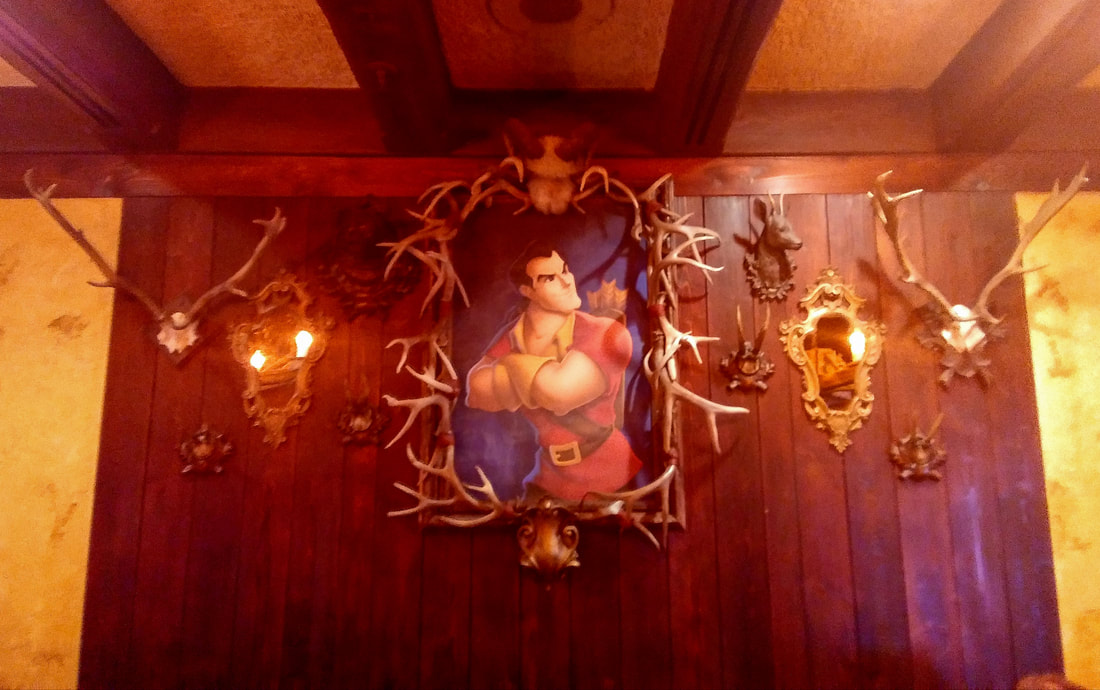
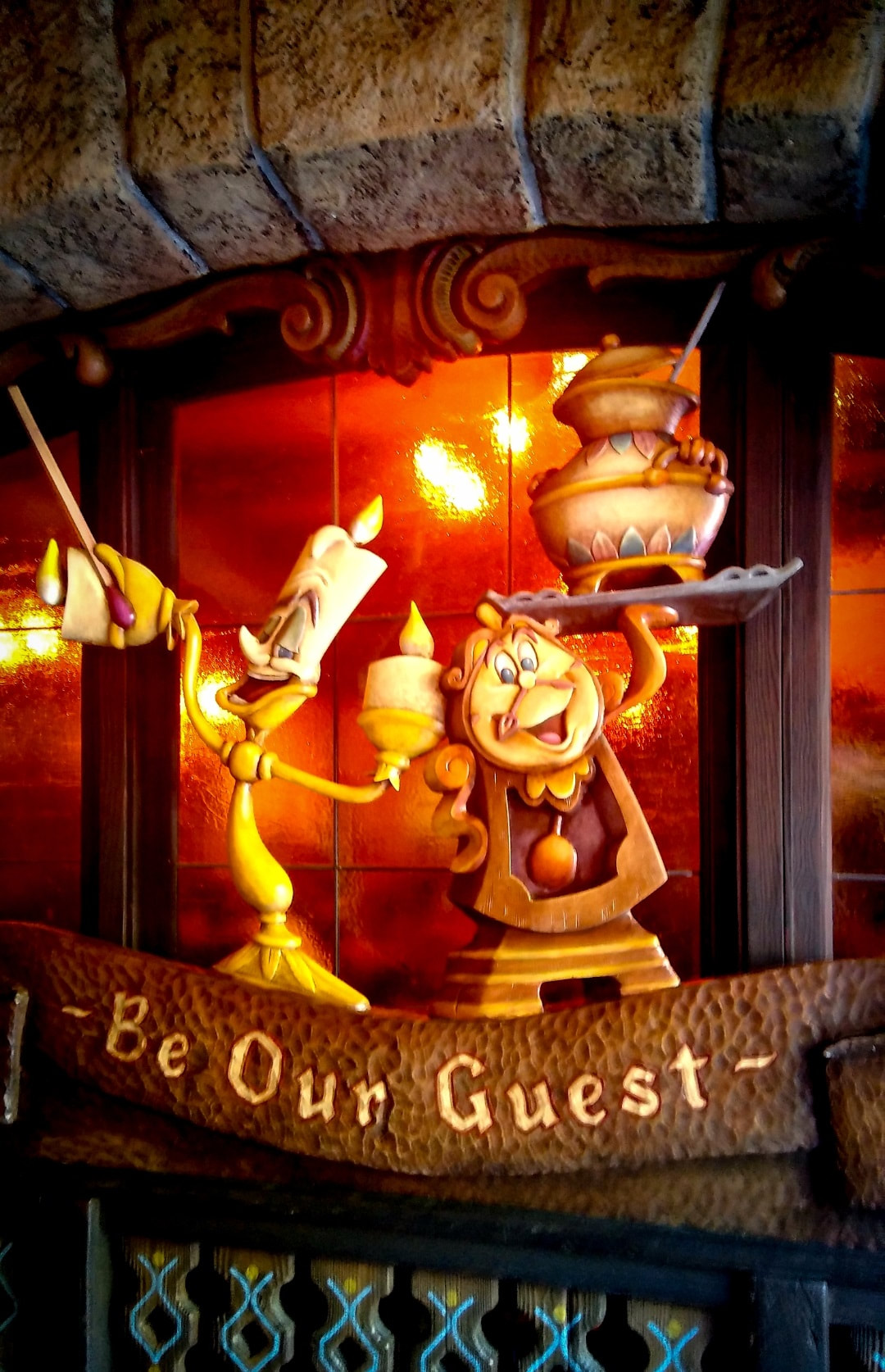
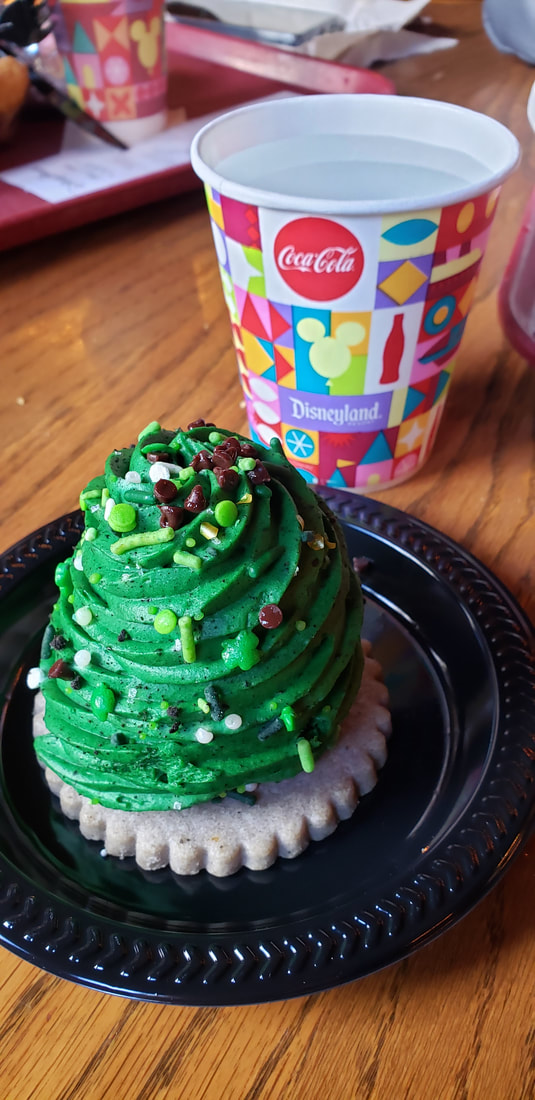
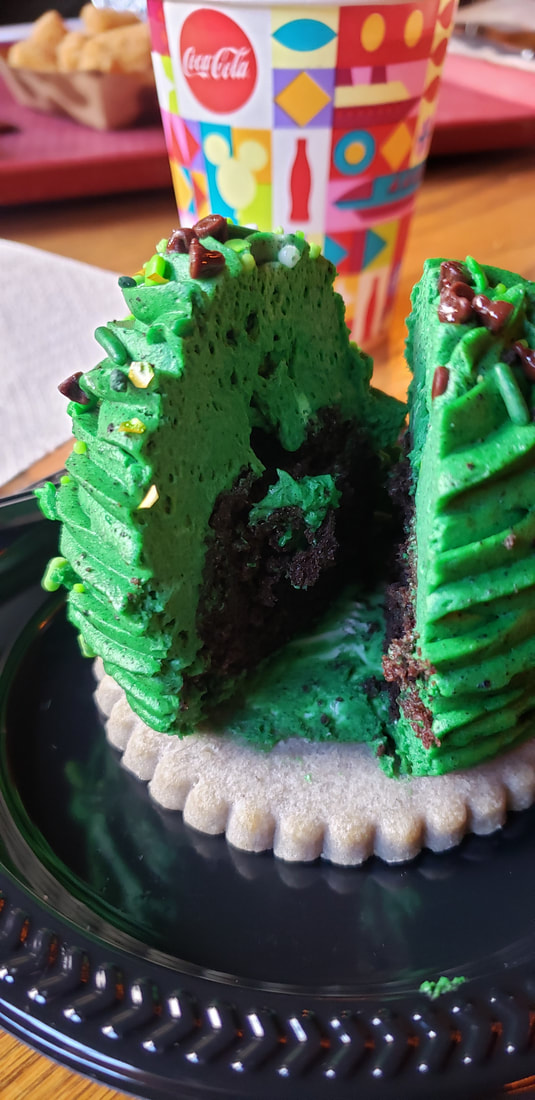
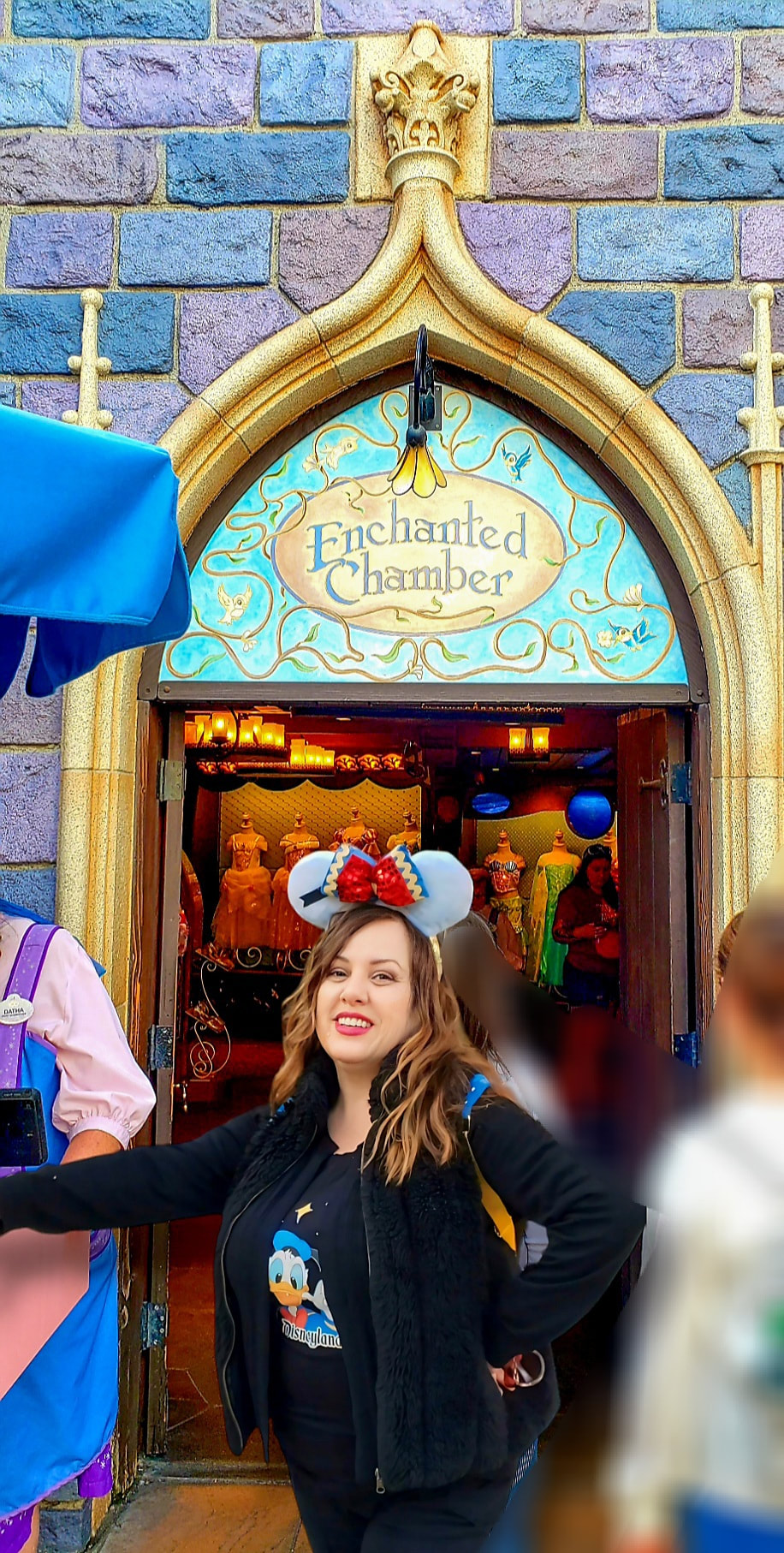
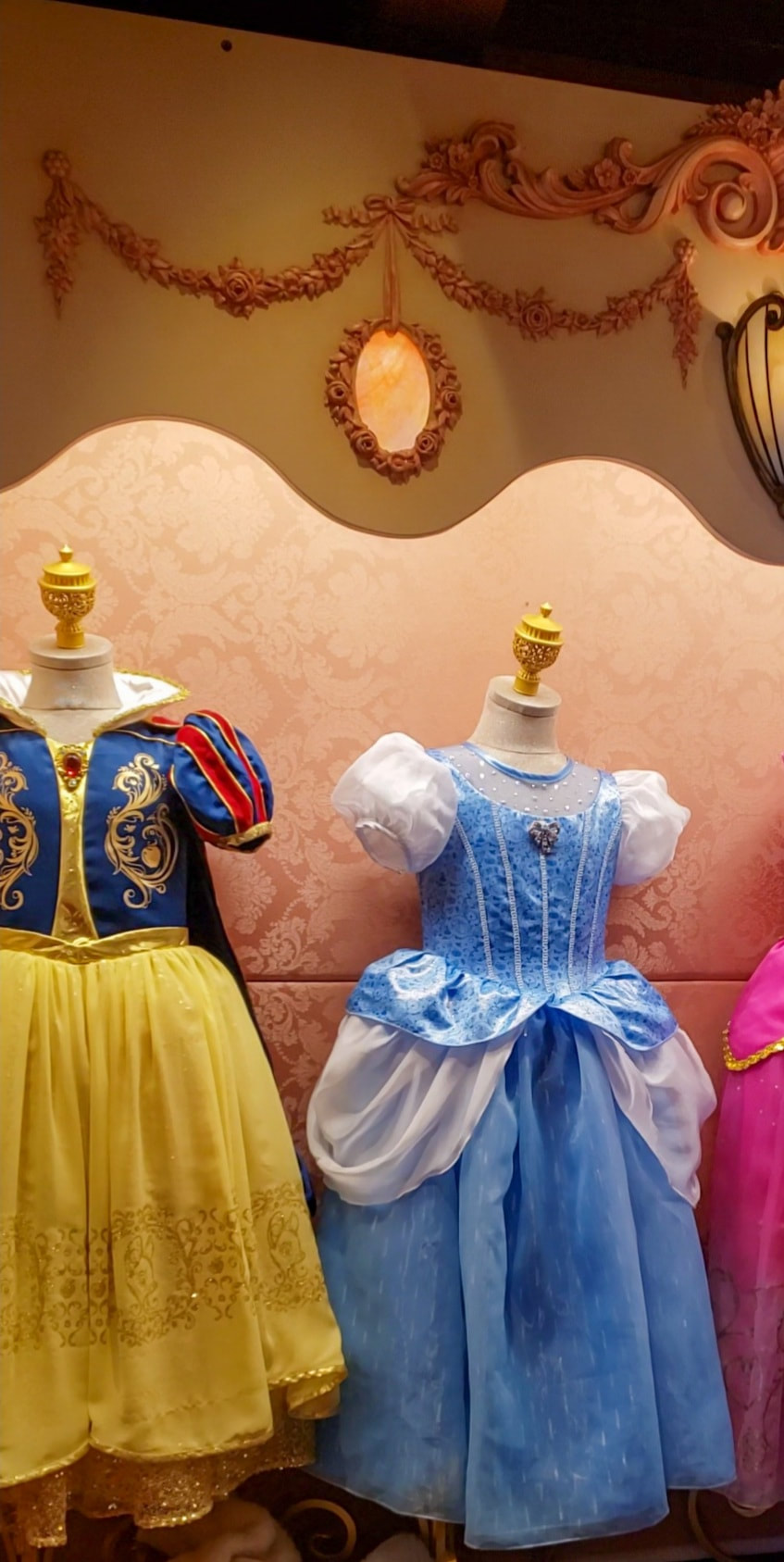
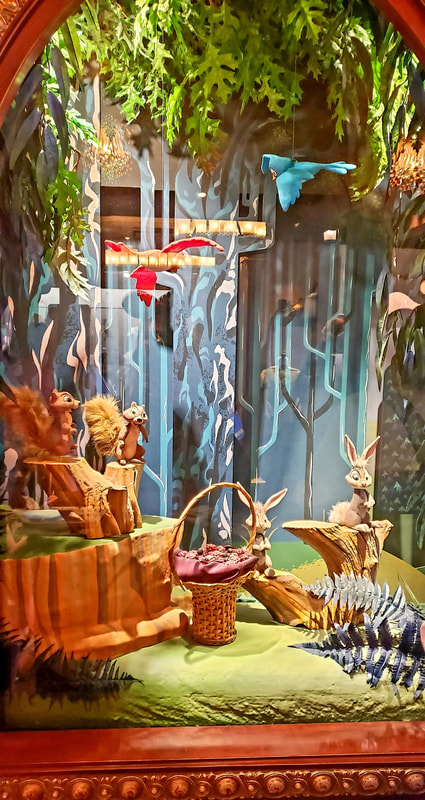
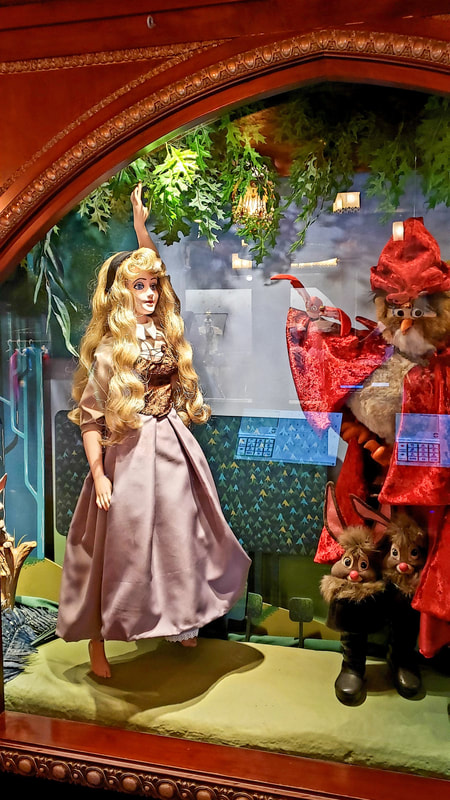
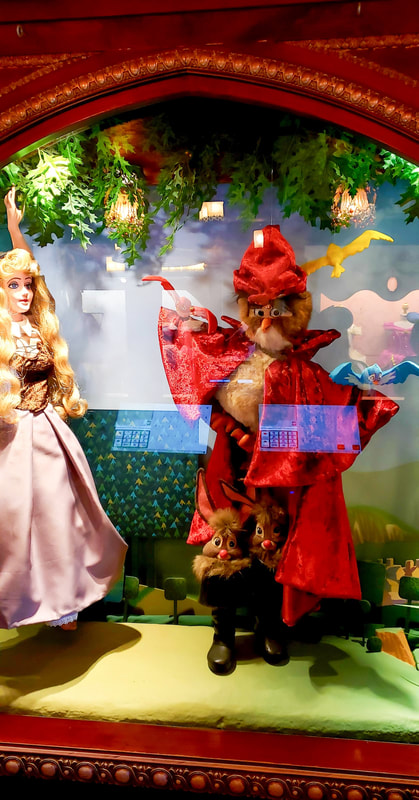
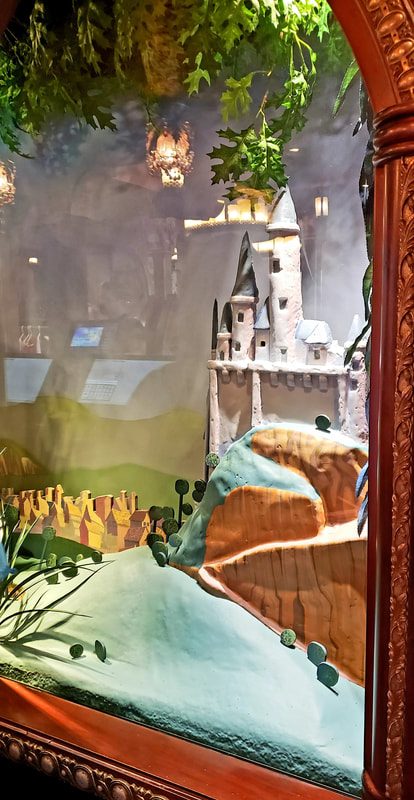
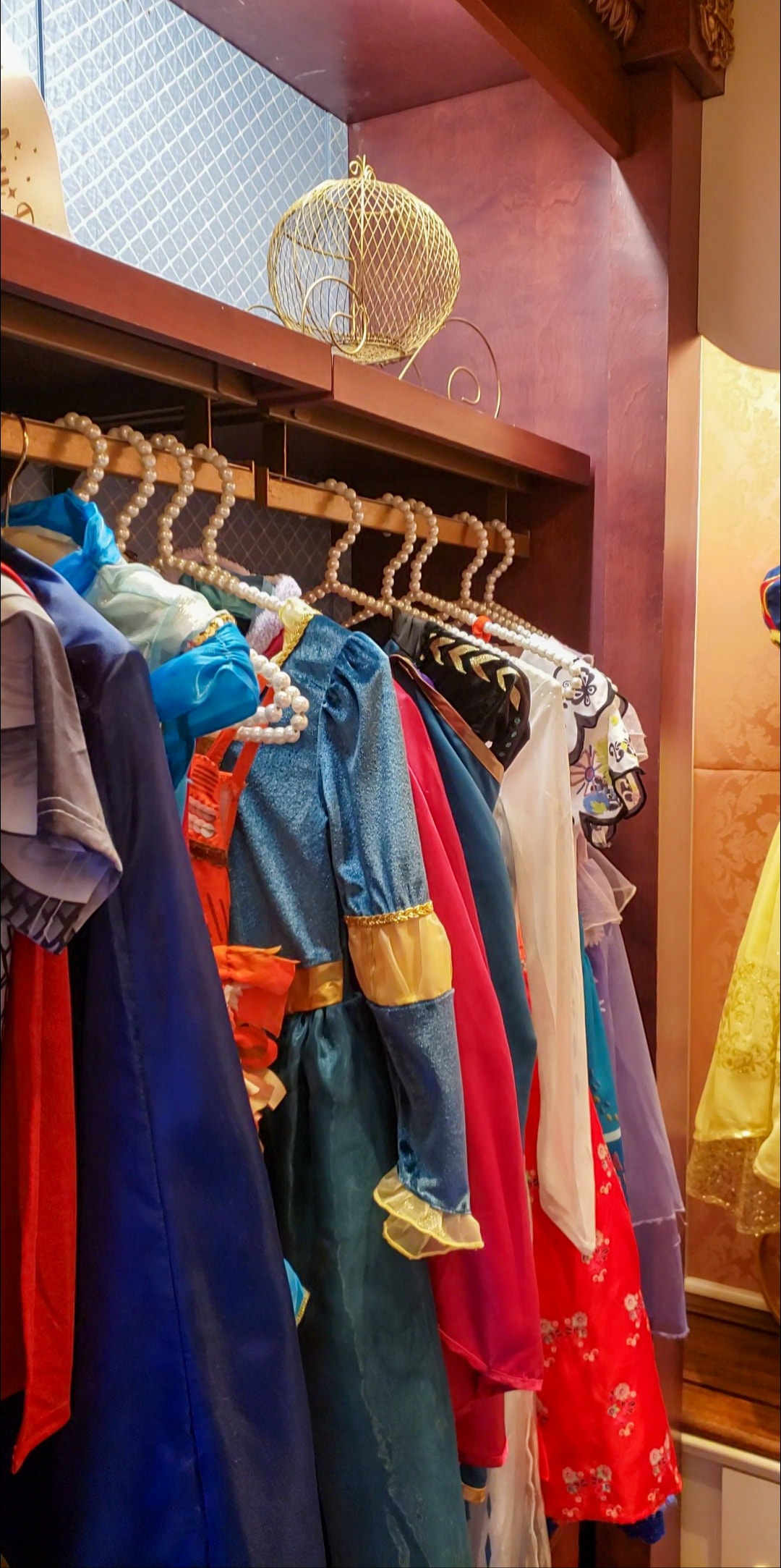
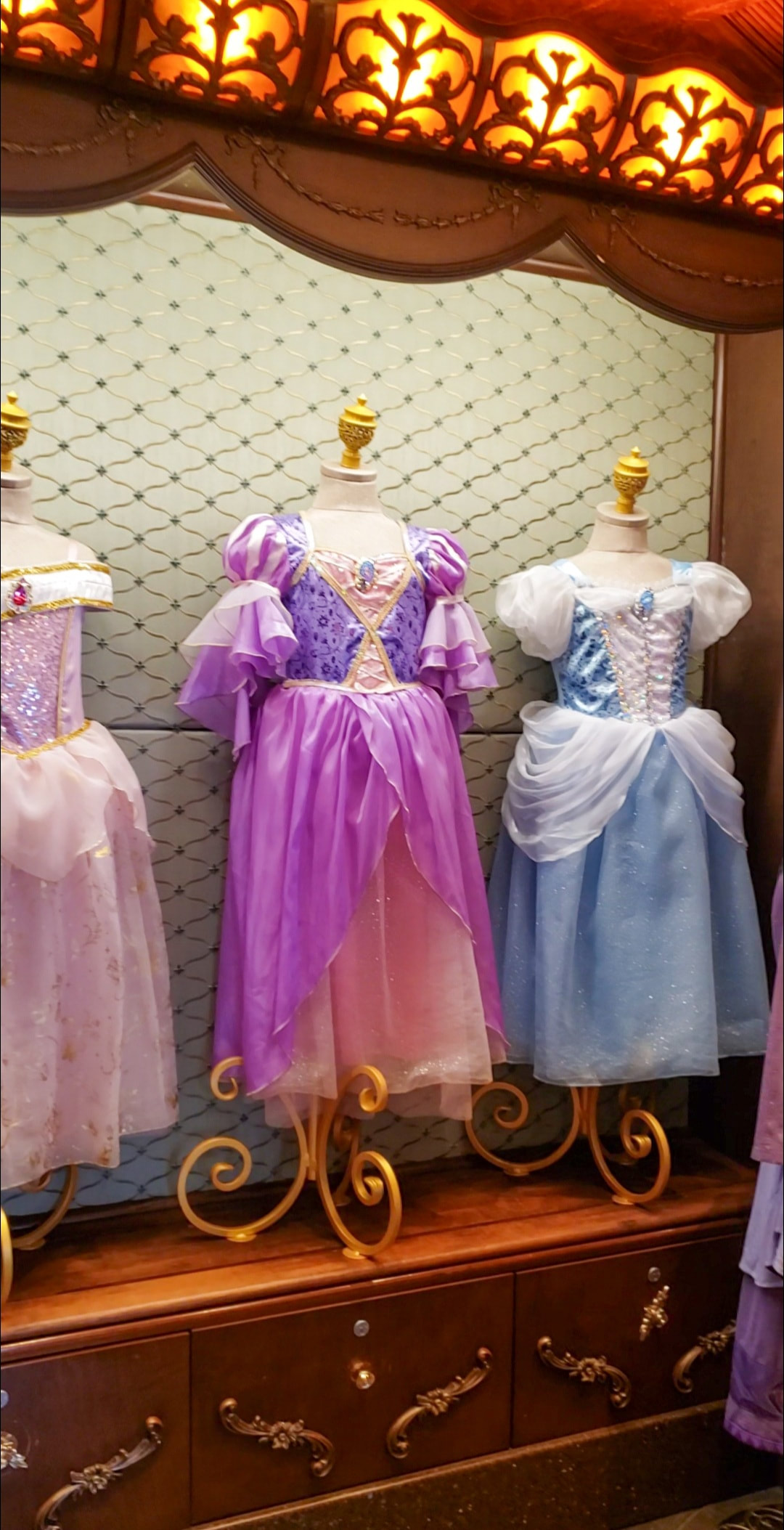
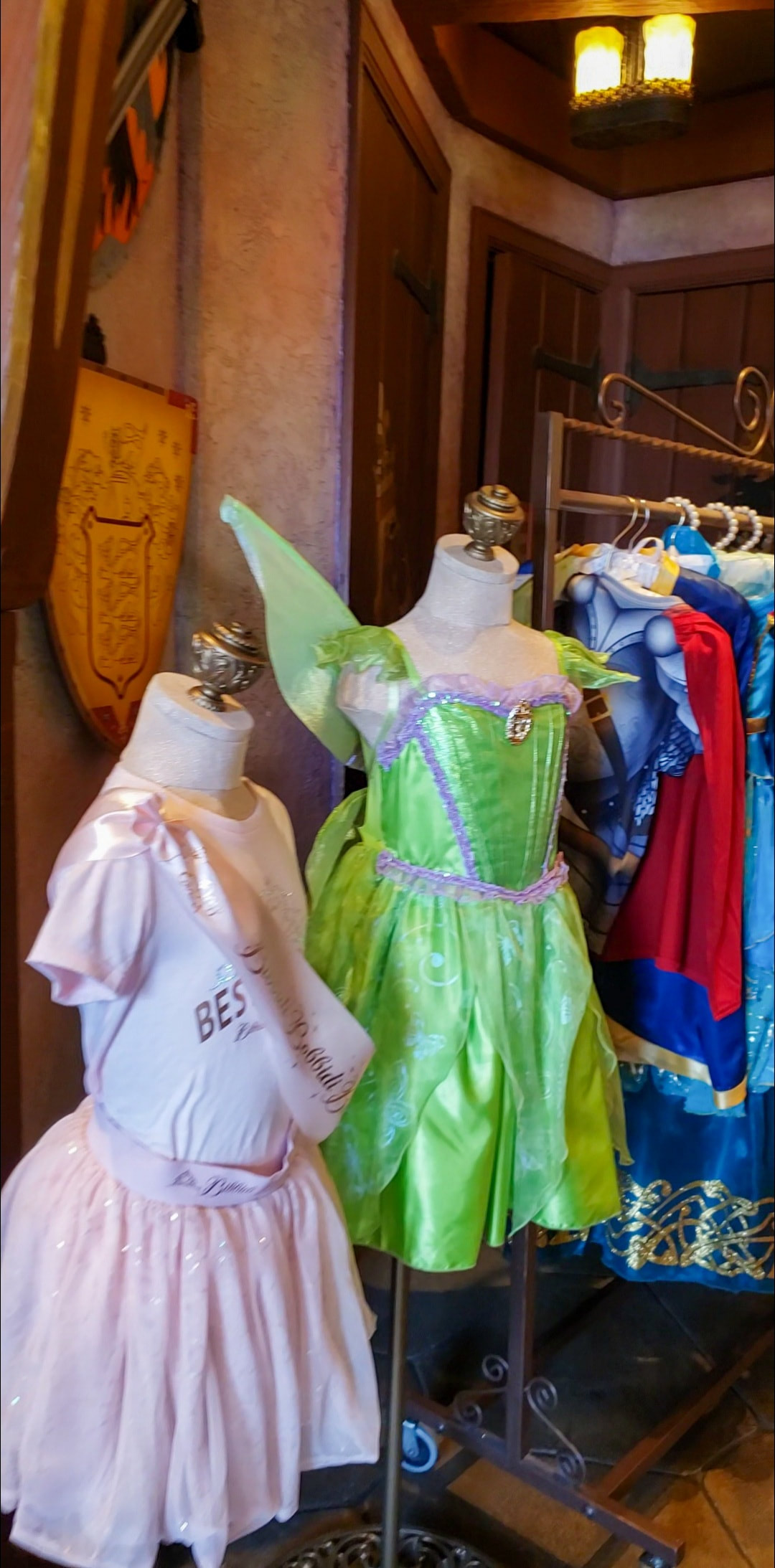
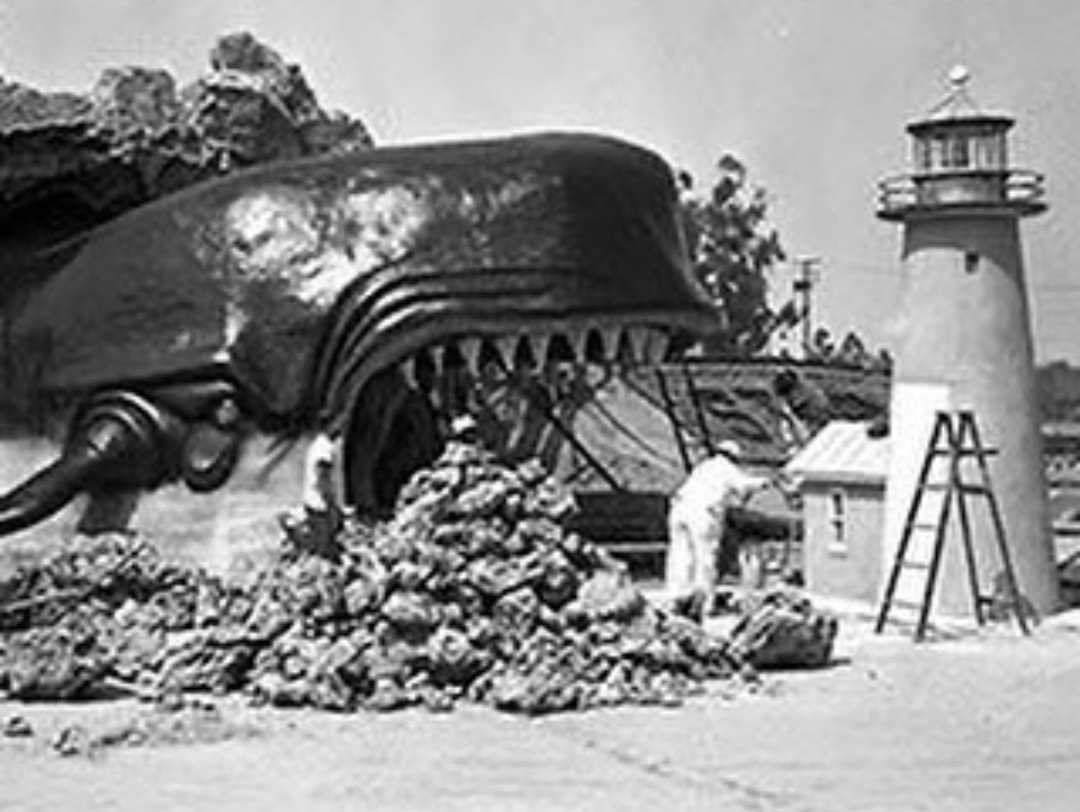
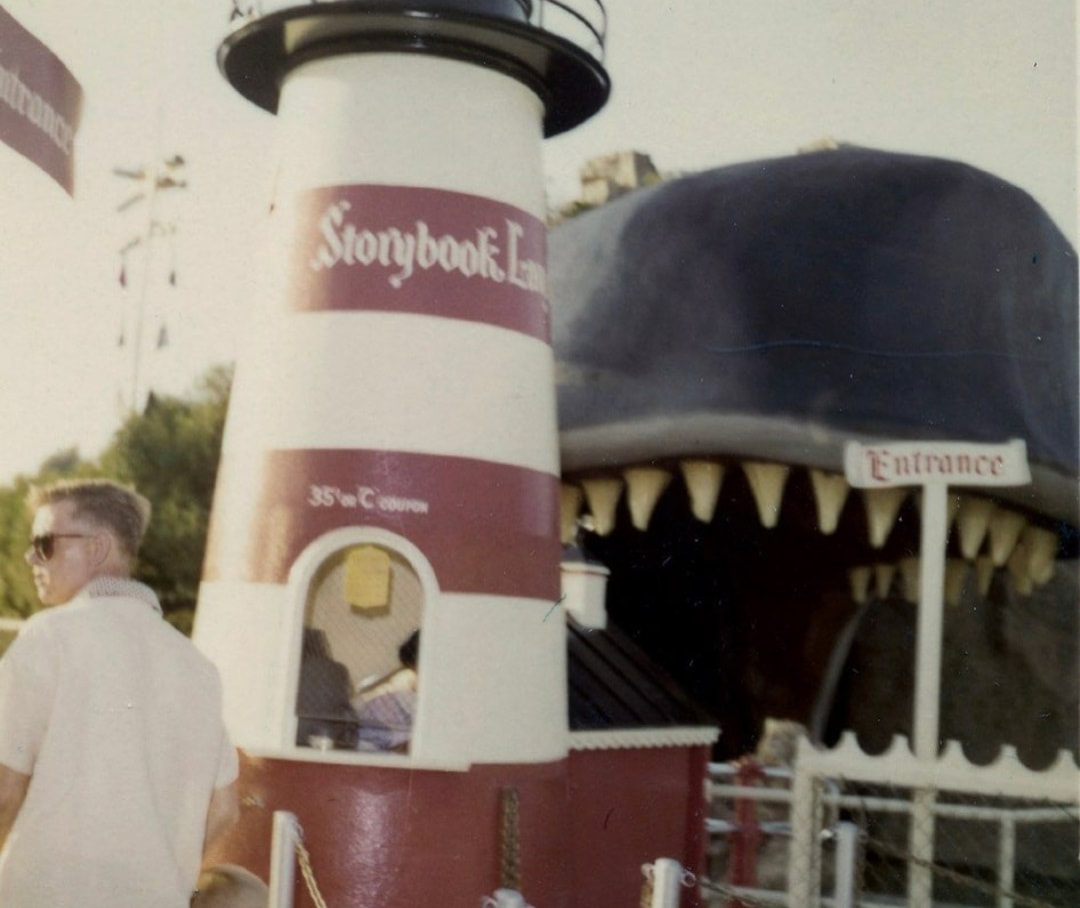
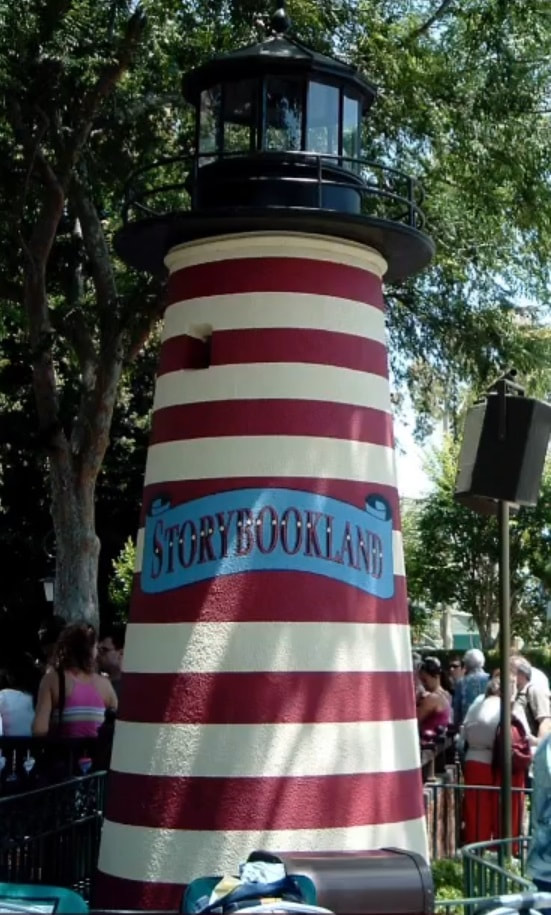
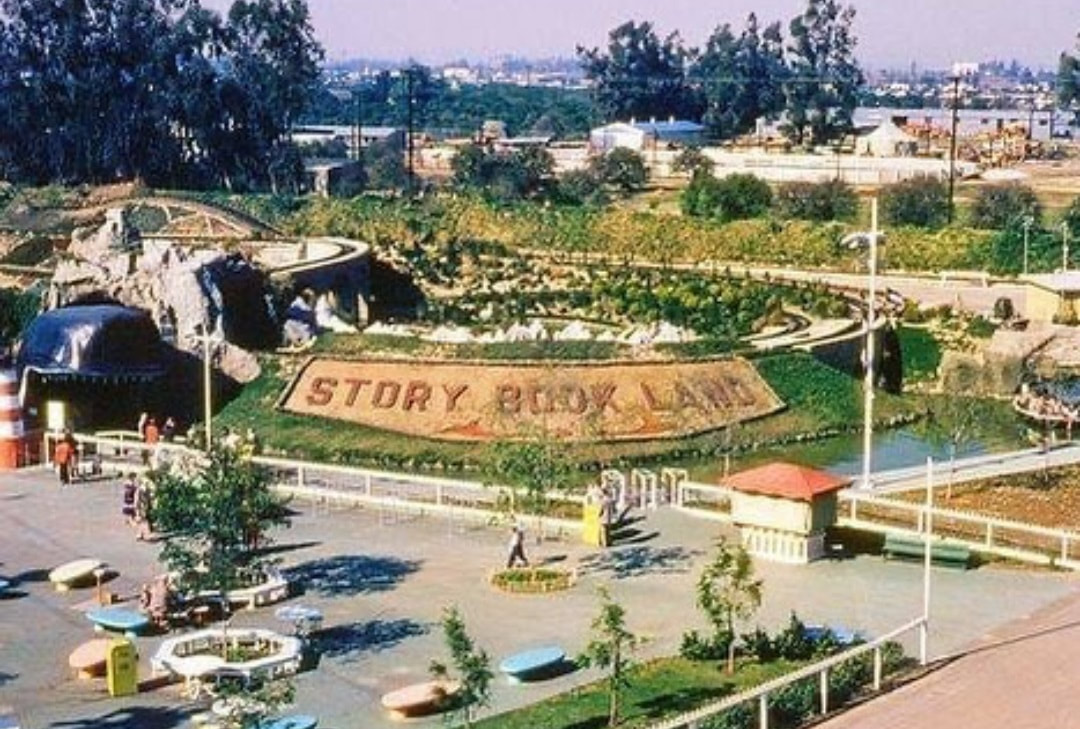
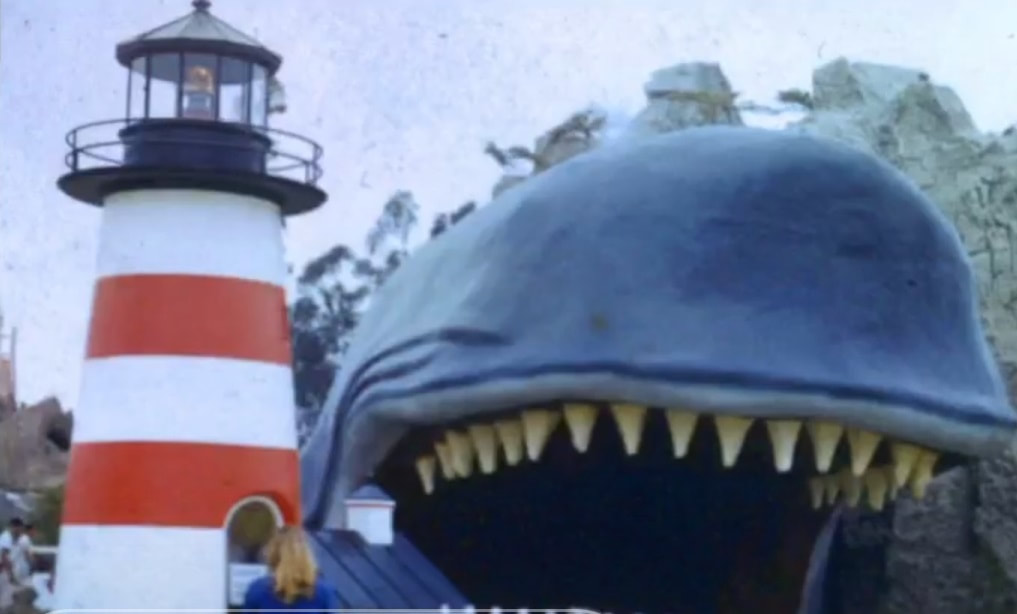
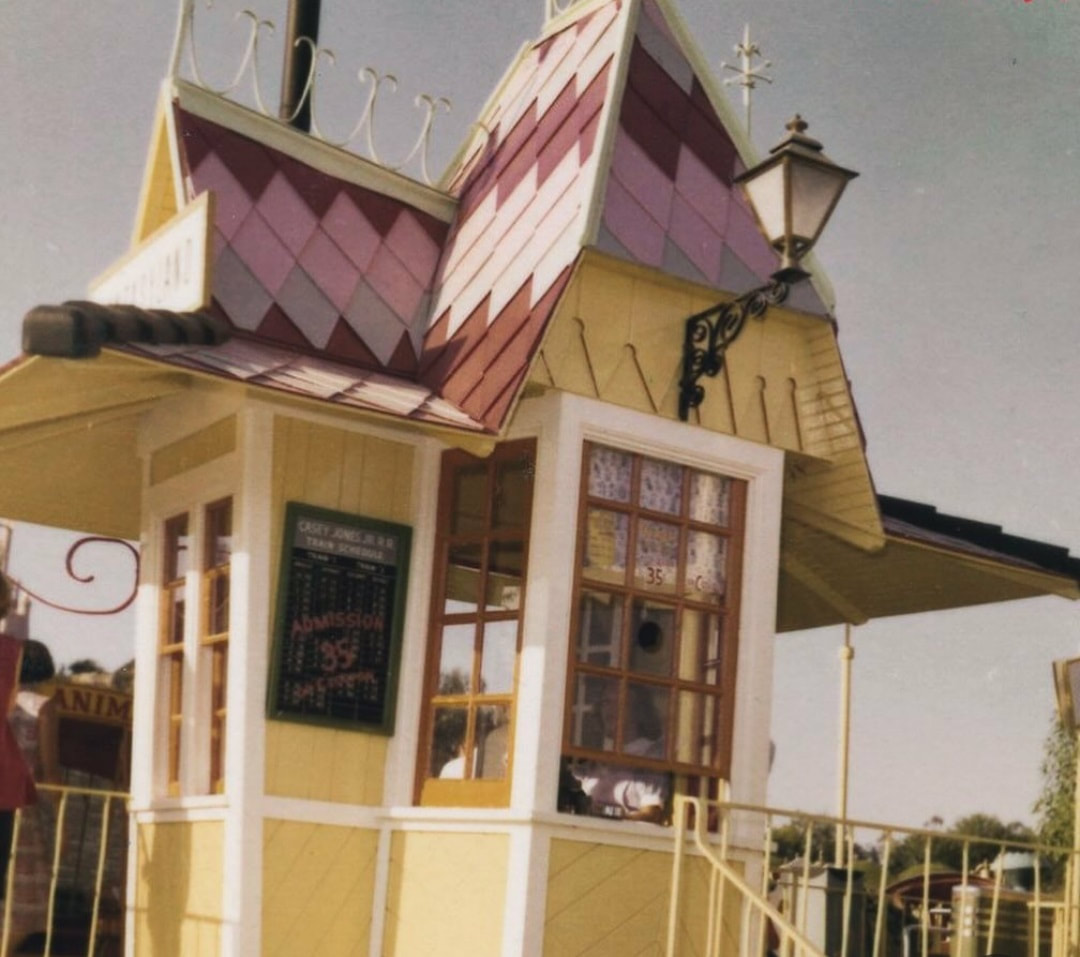
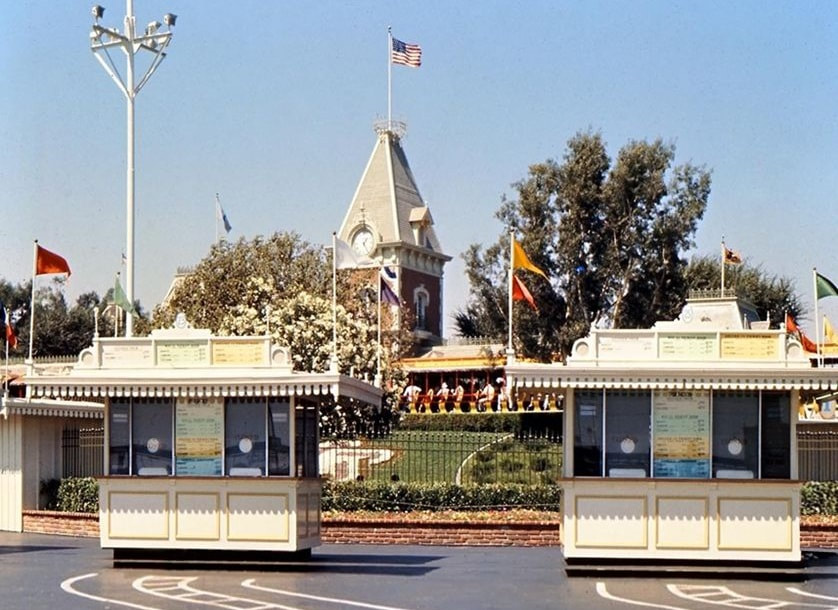
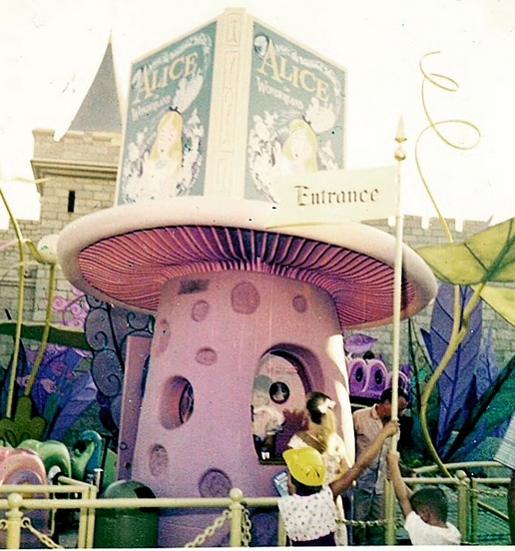
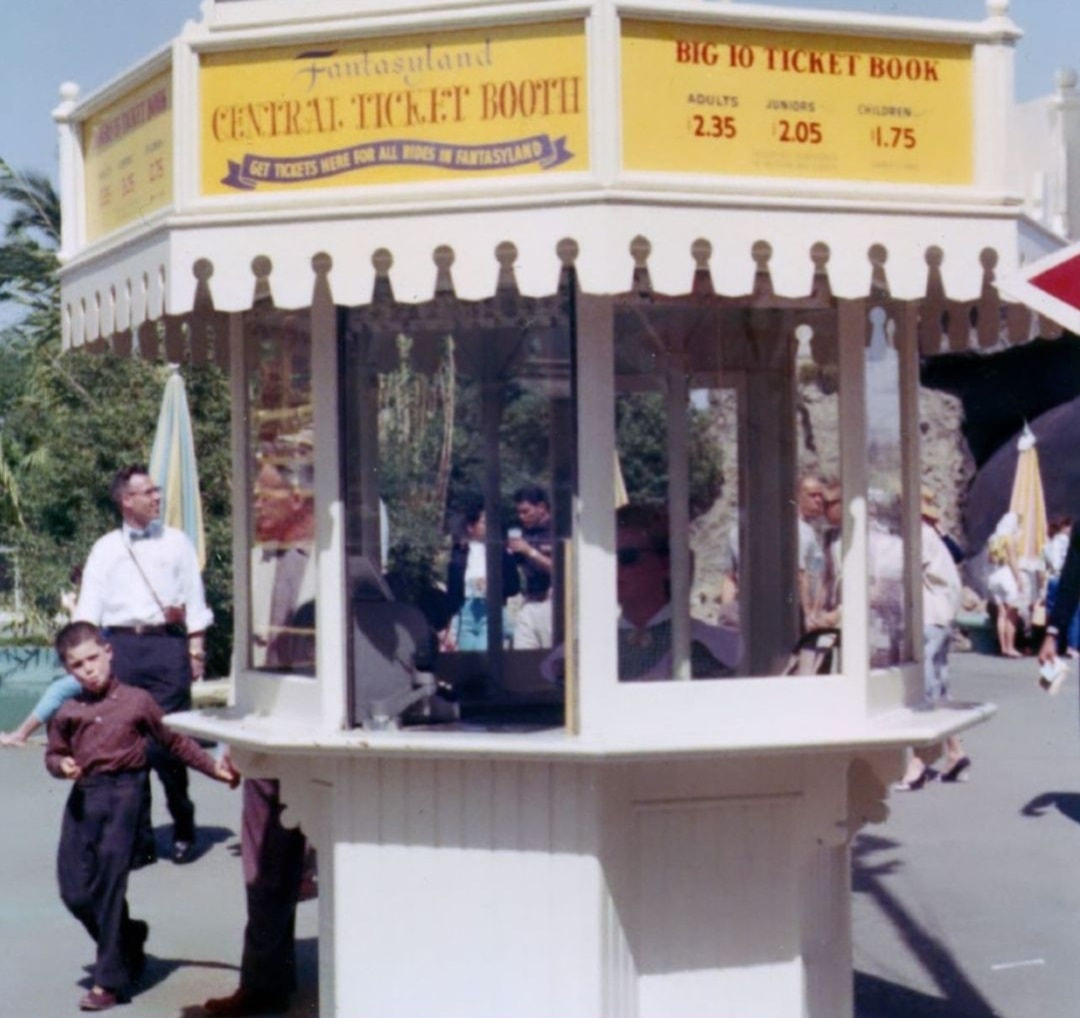
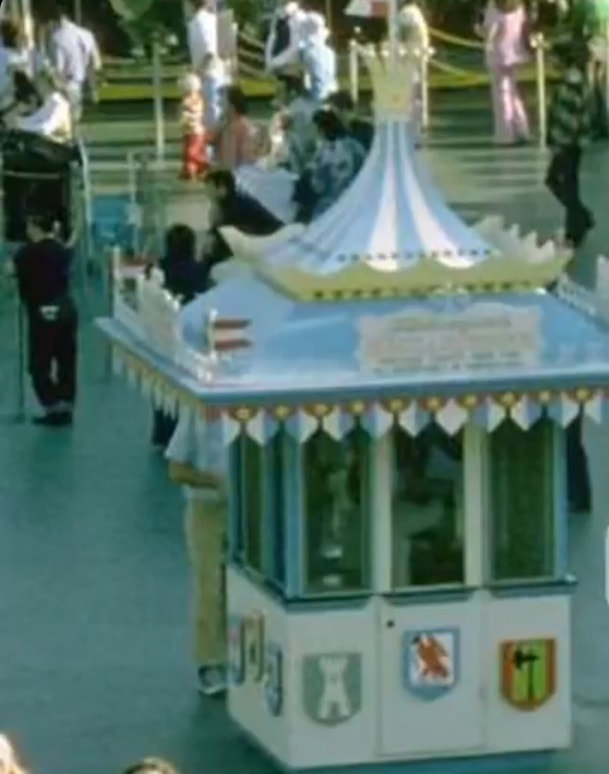
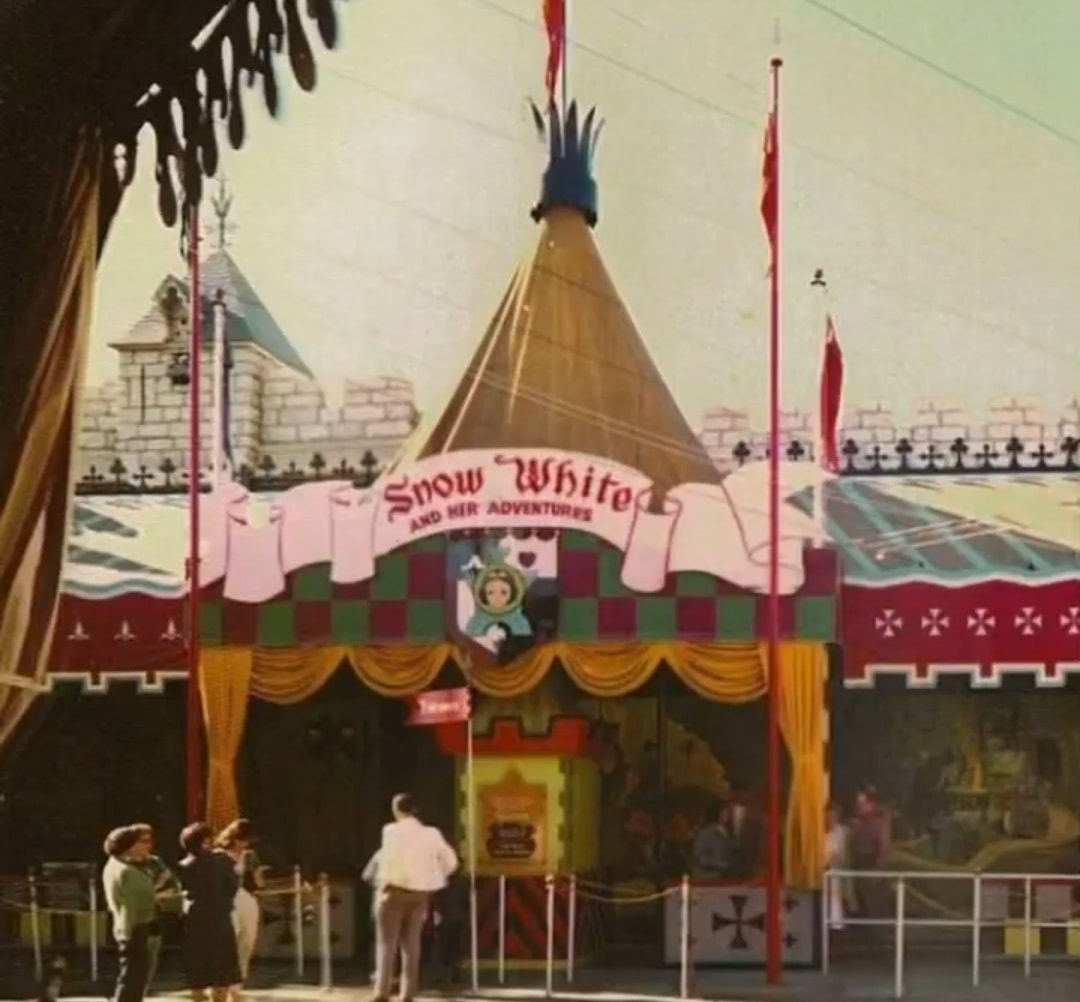
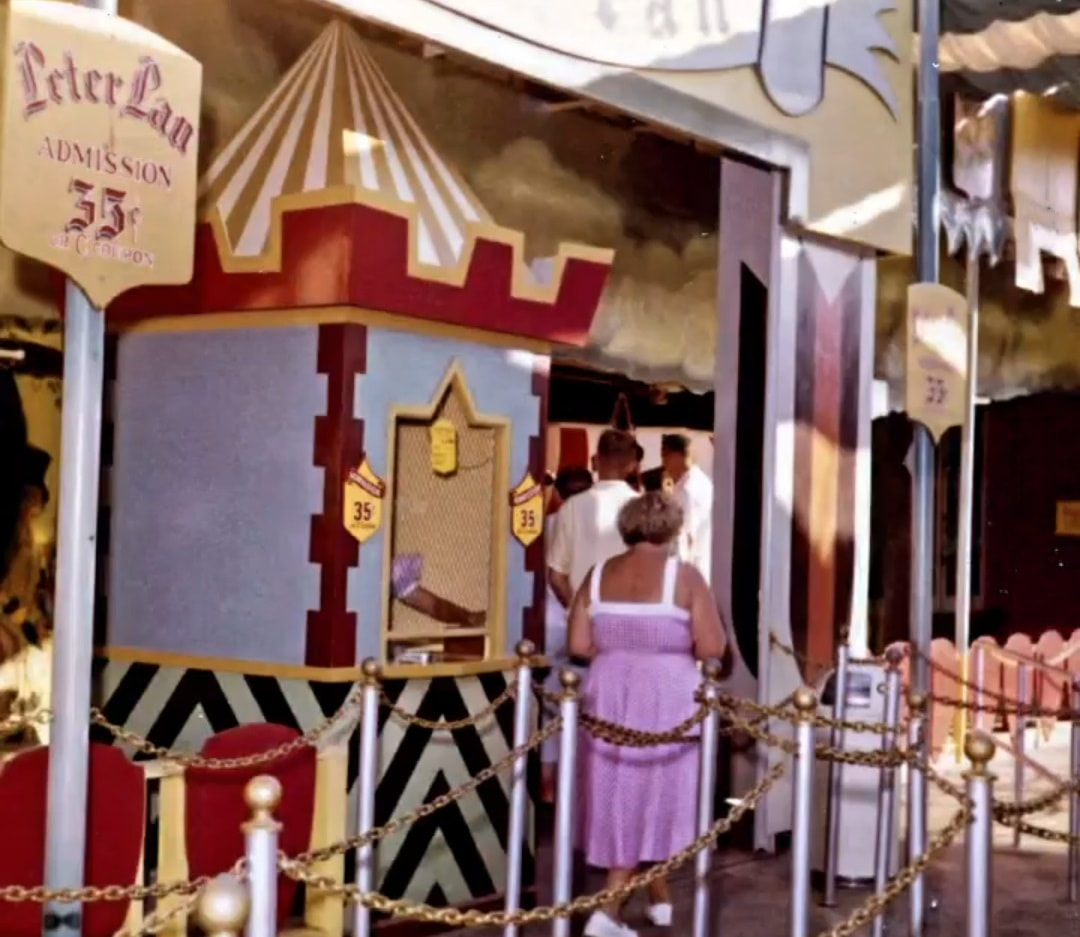
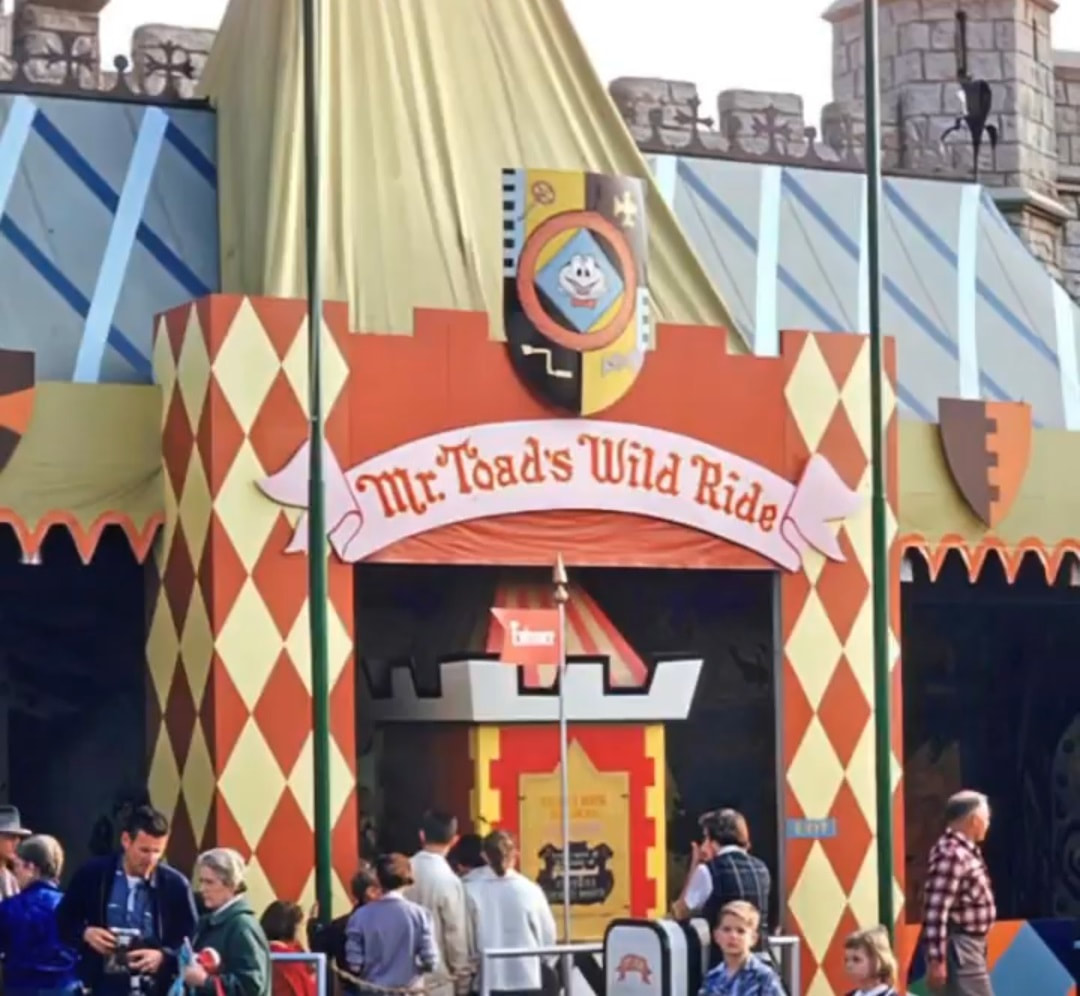
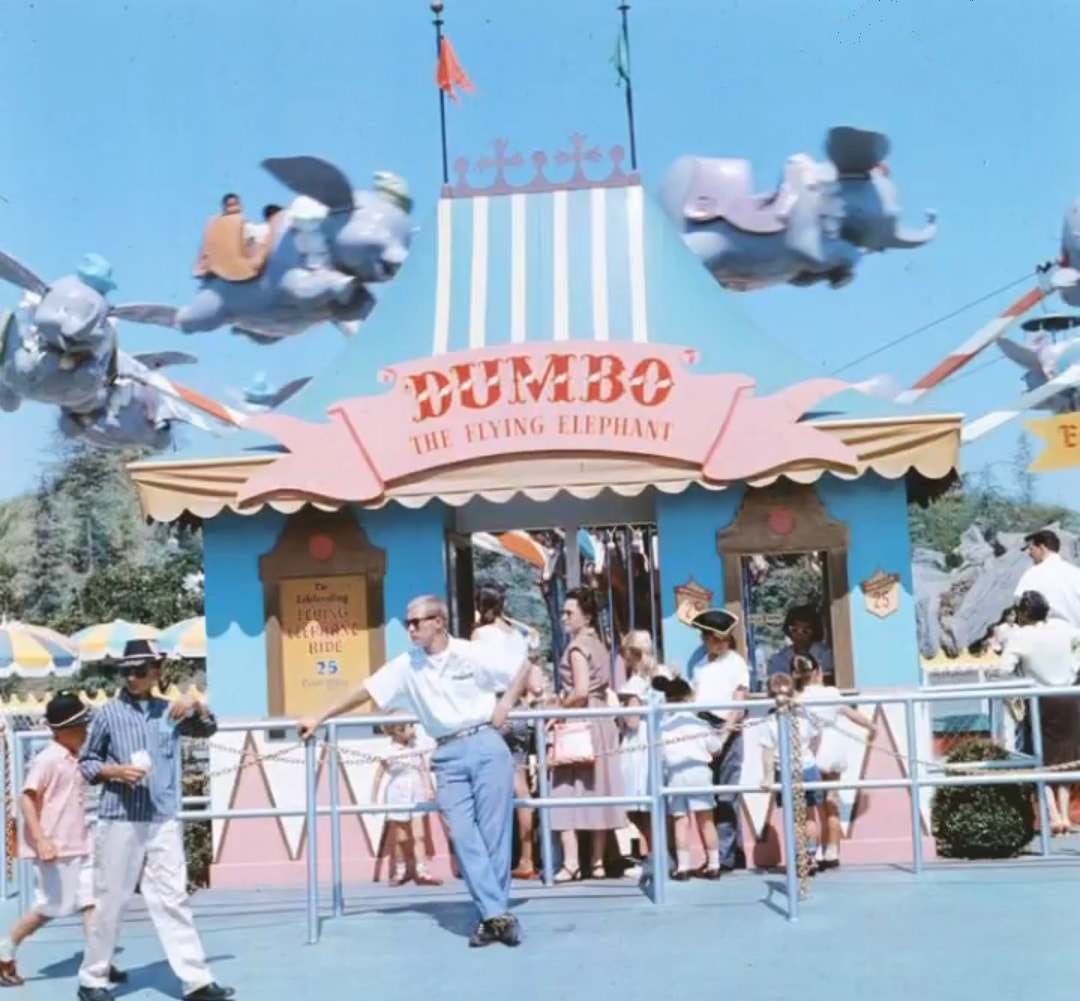
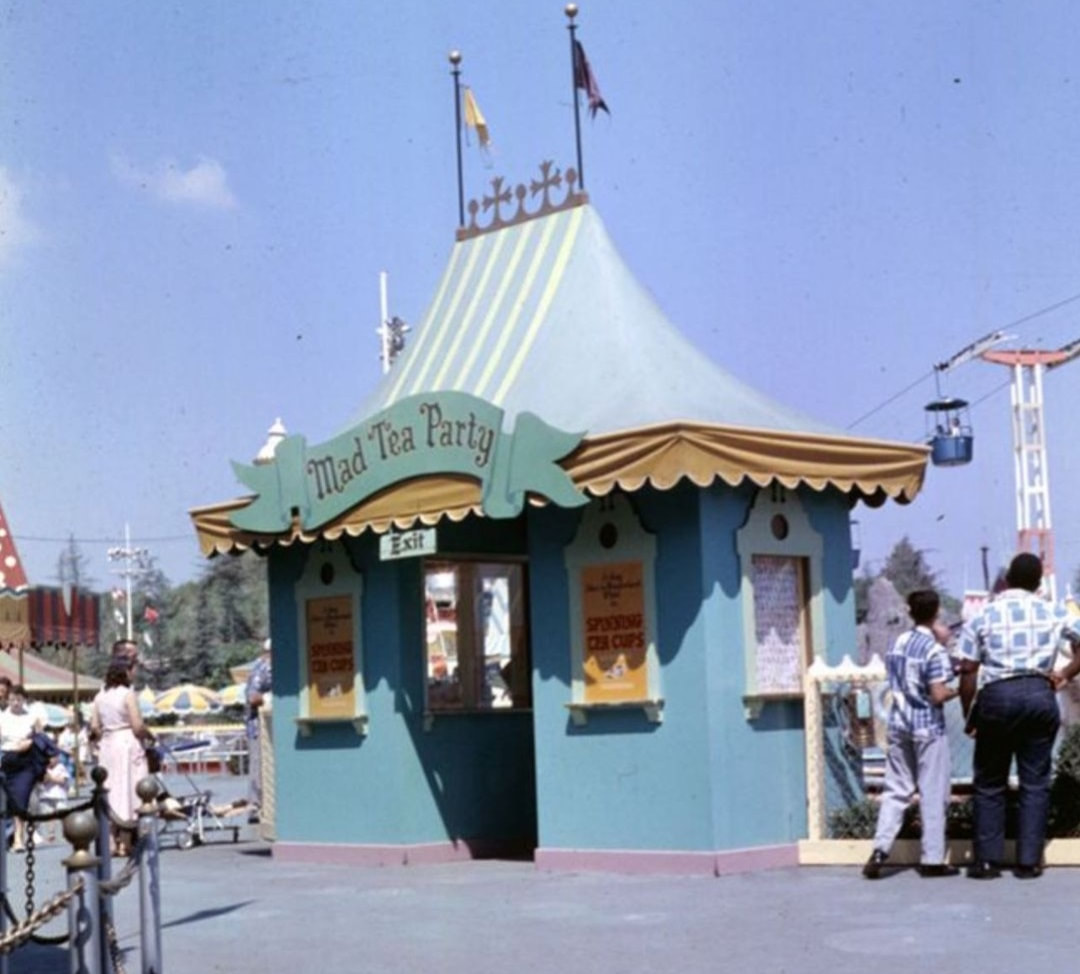
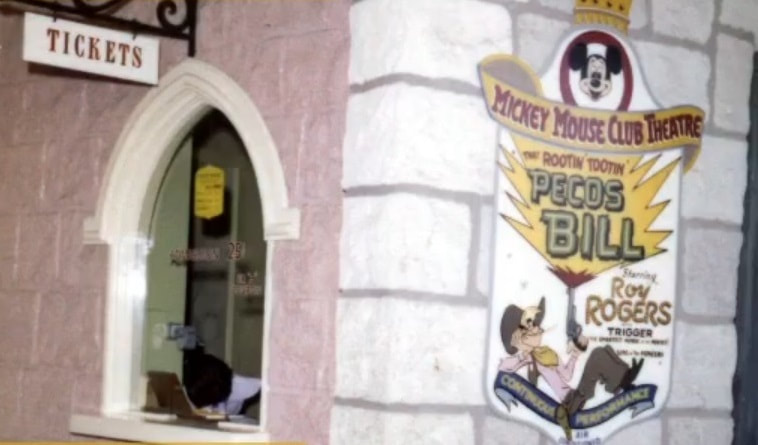
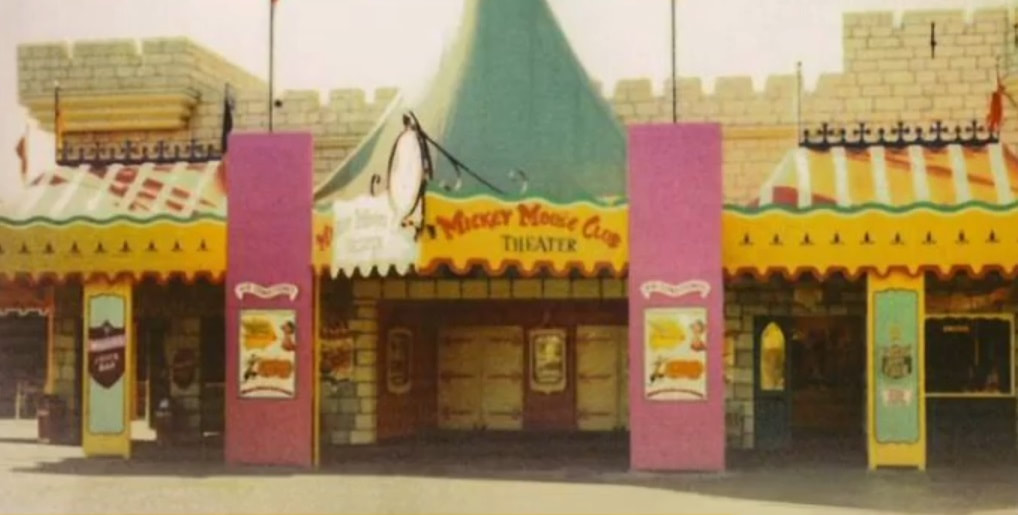
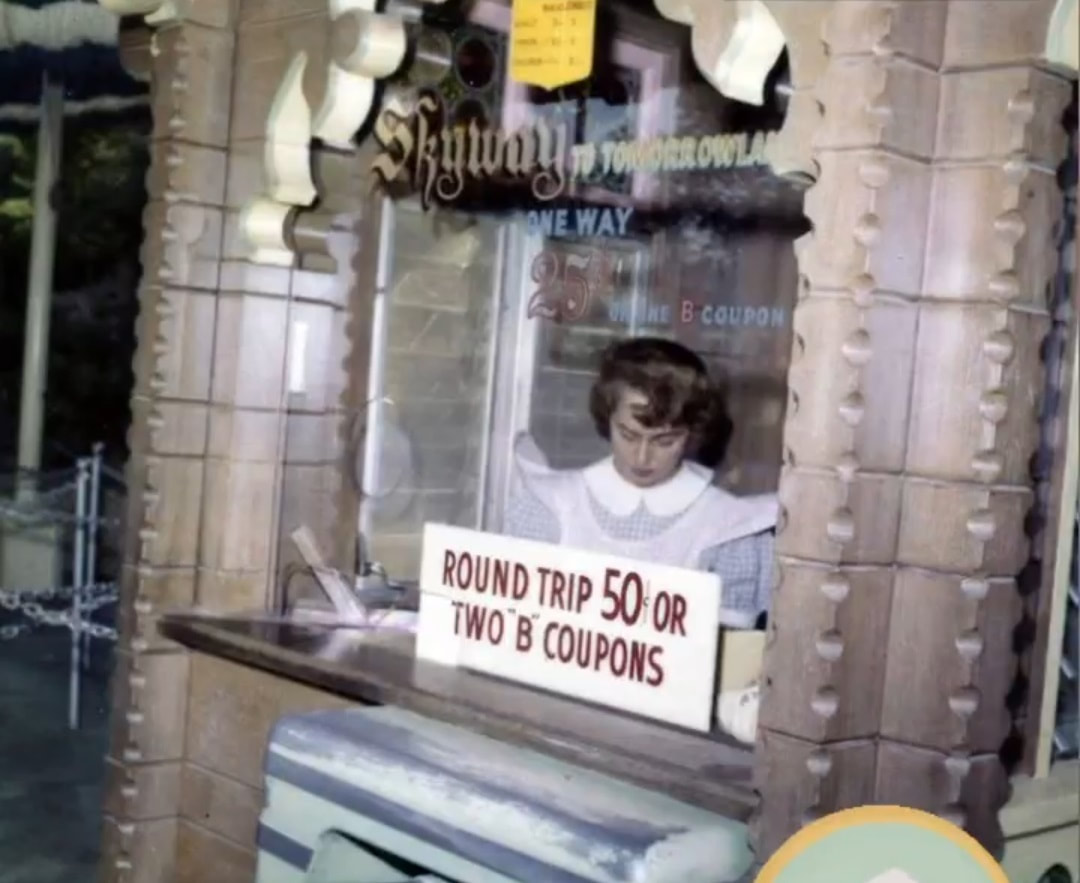
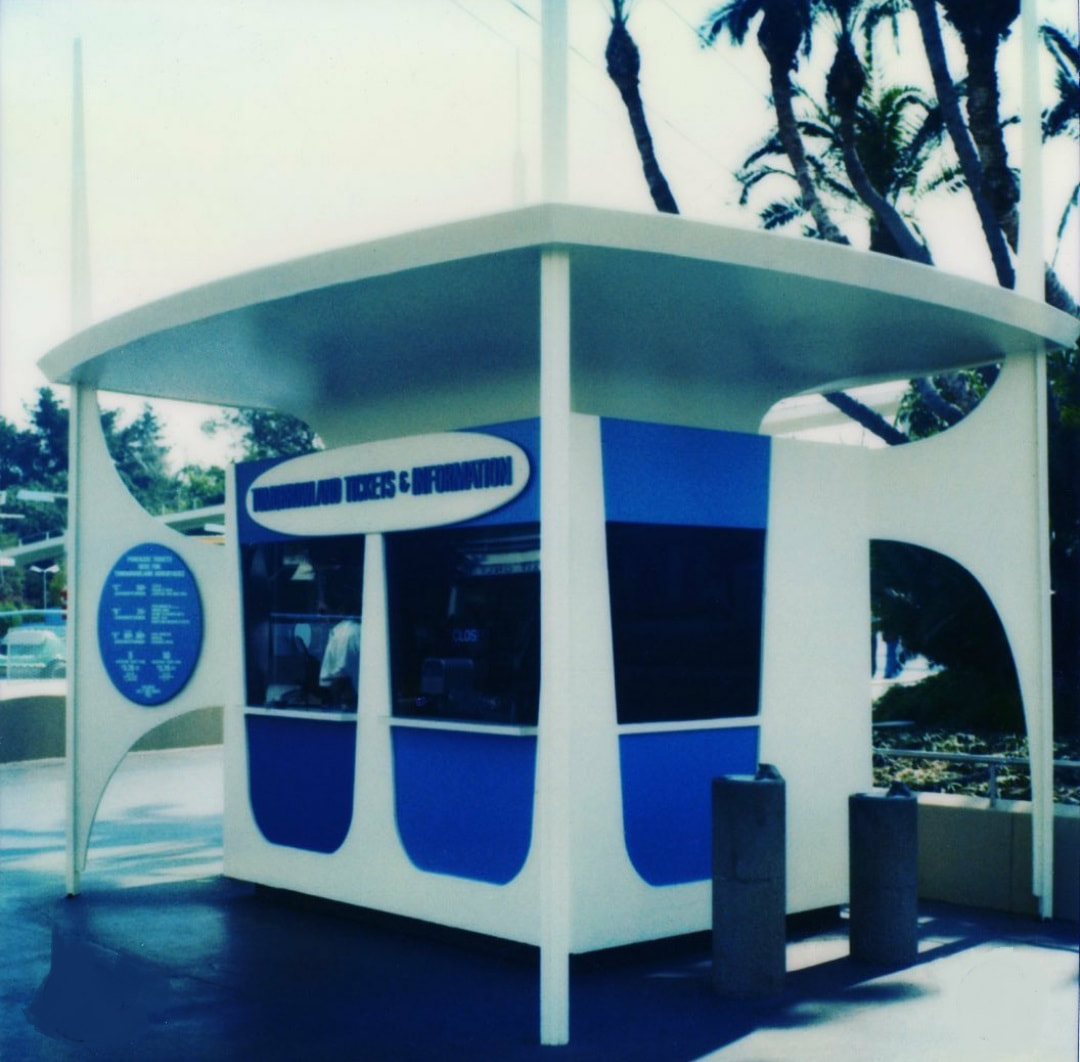
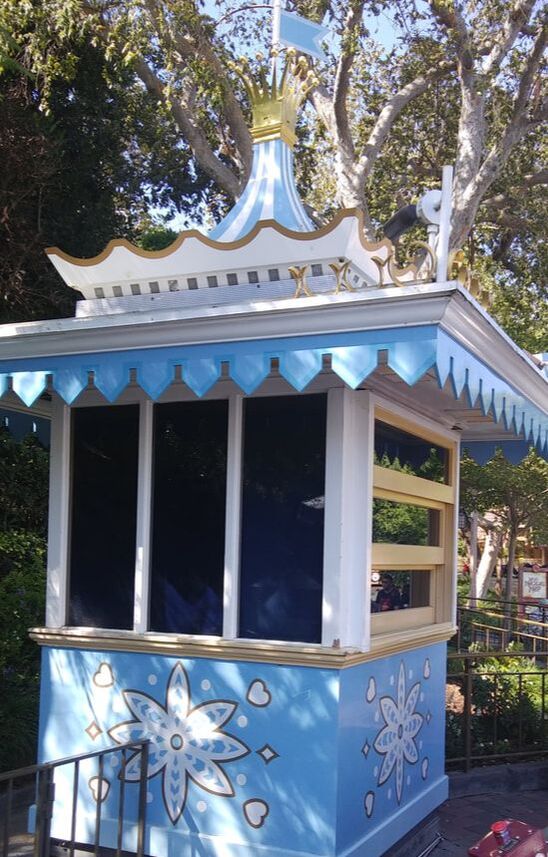
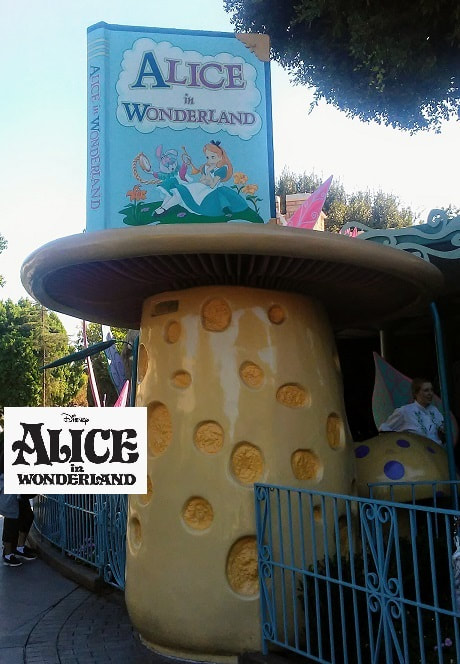
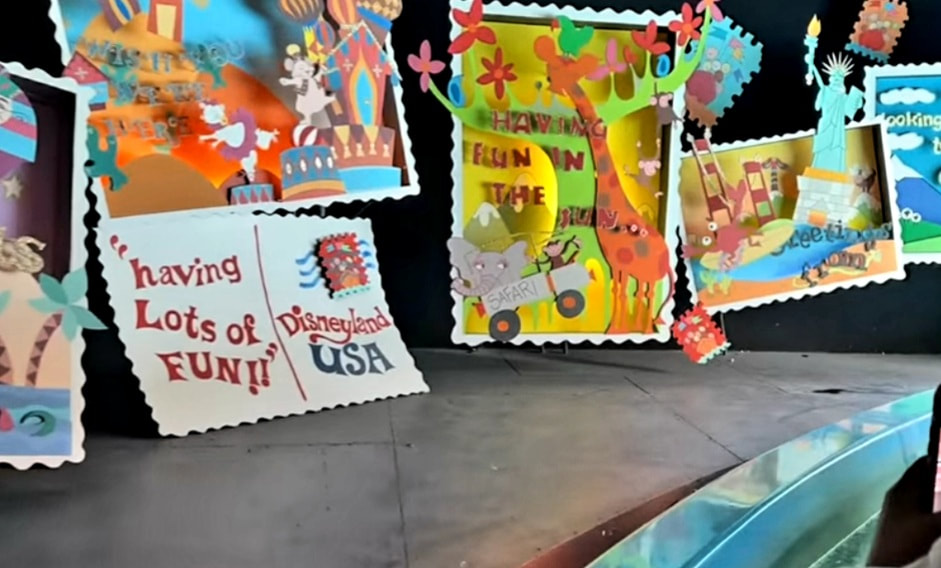
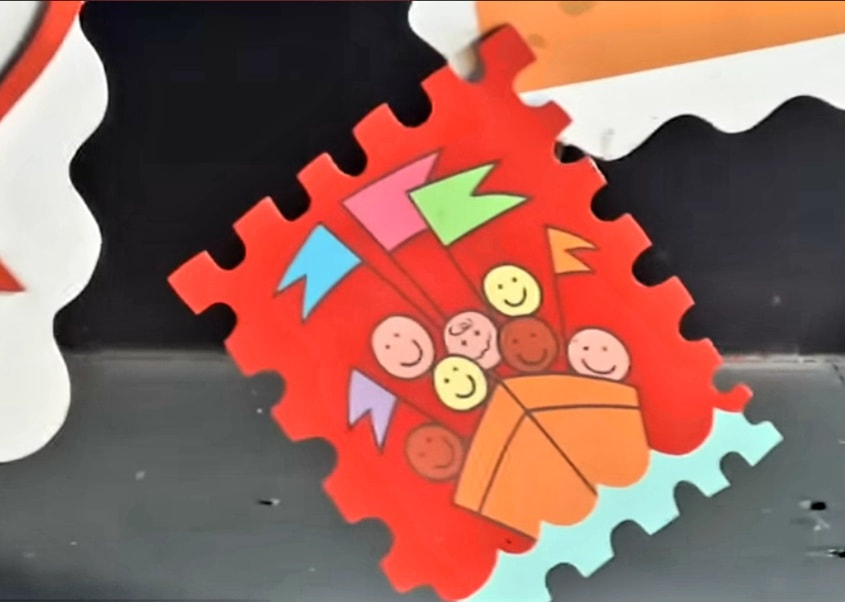

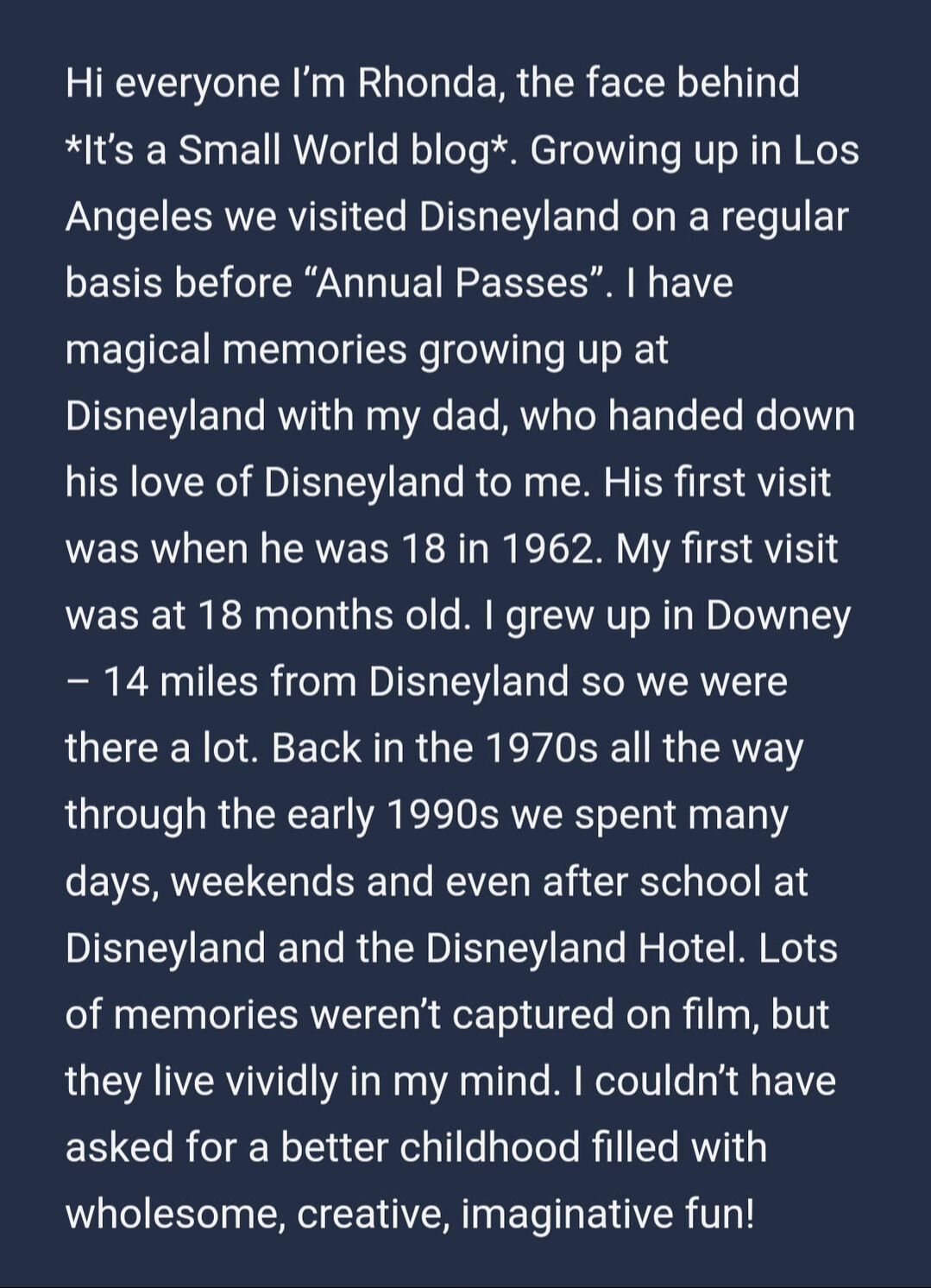
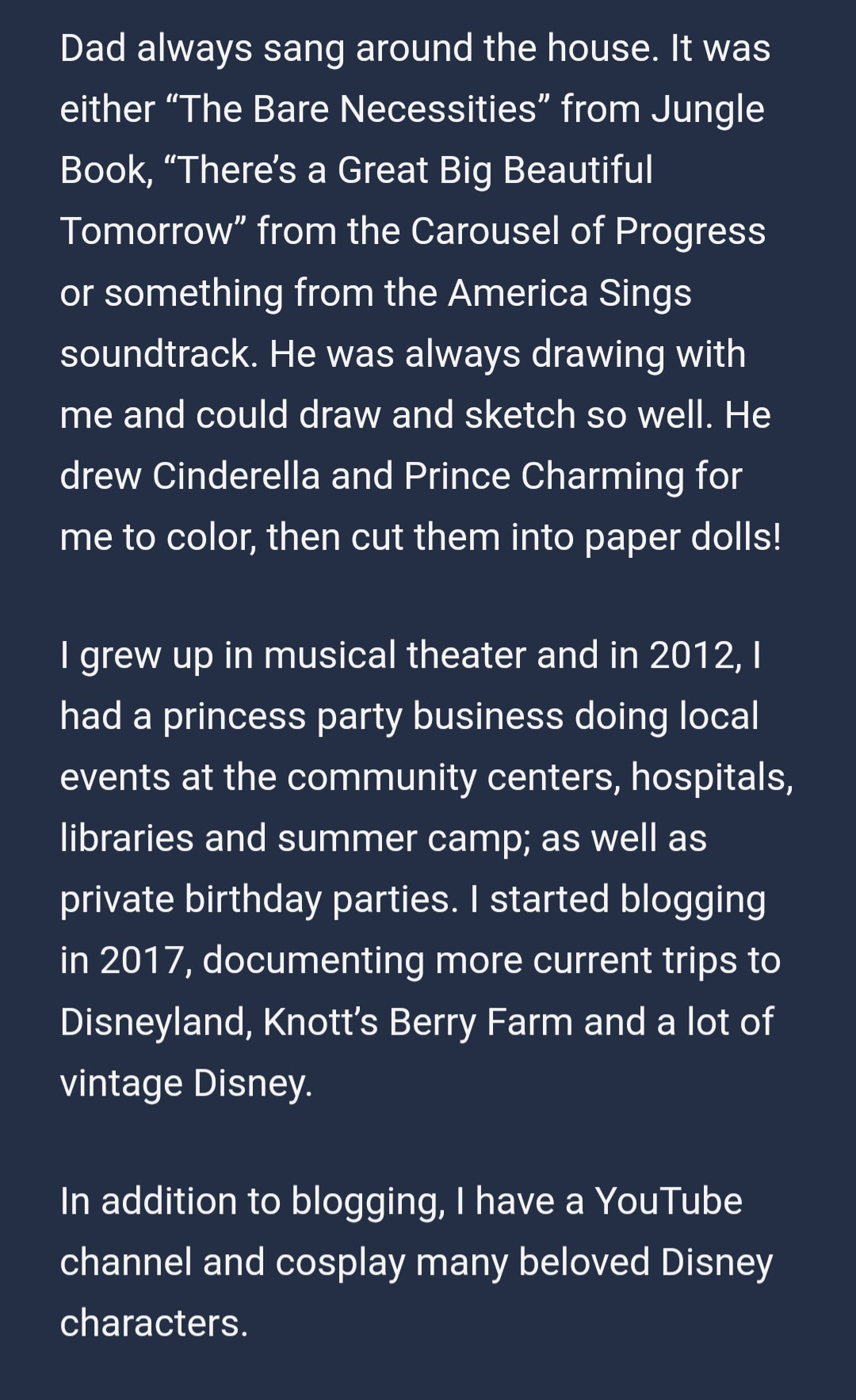
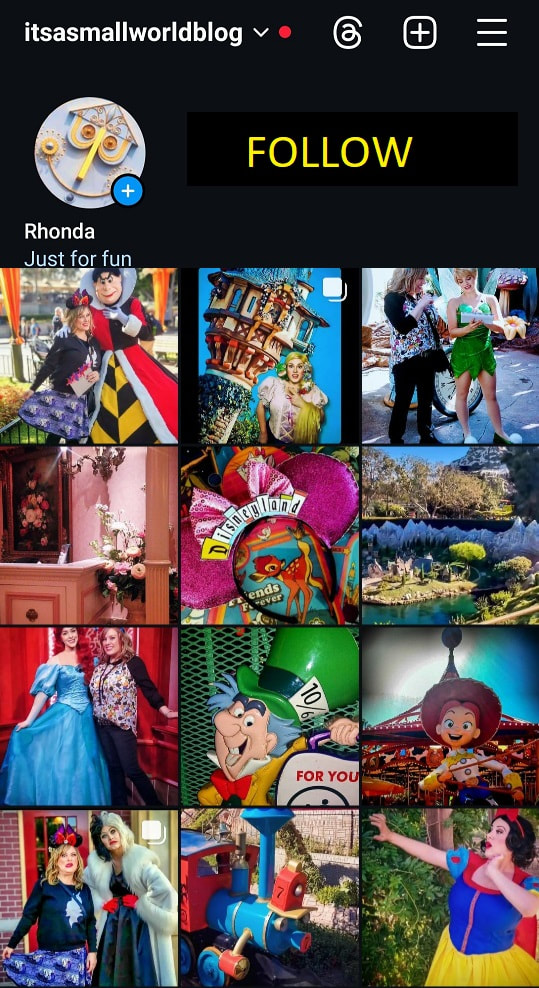

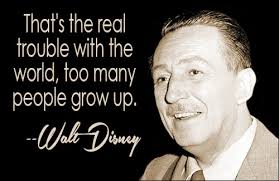
 RSS Feed
RSS Feed
